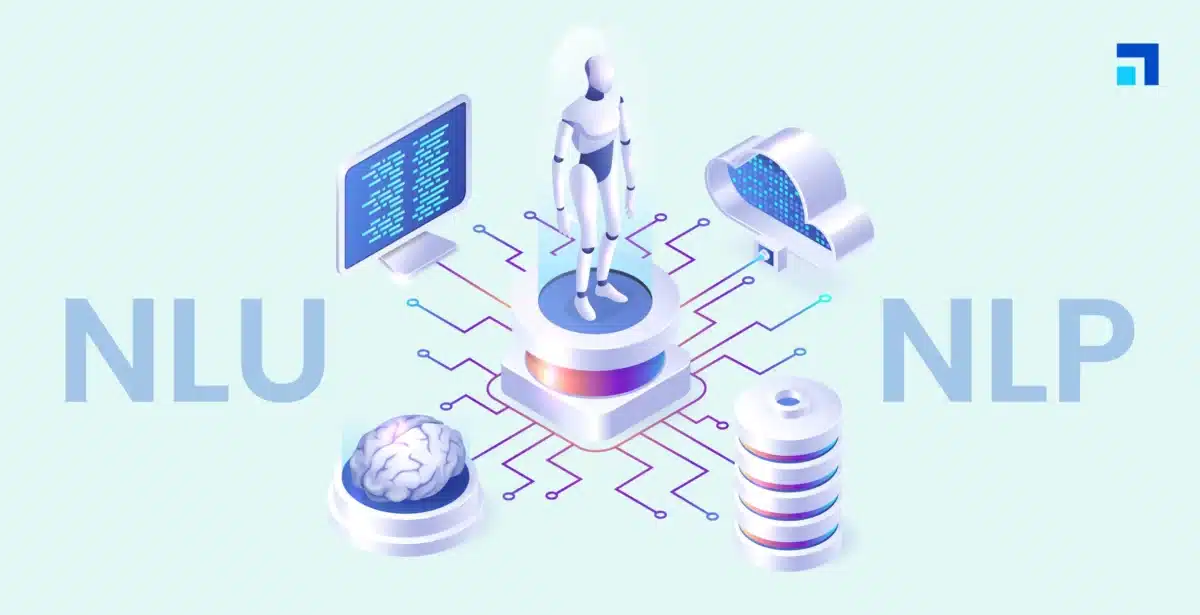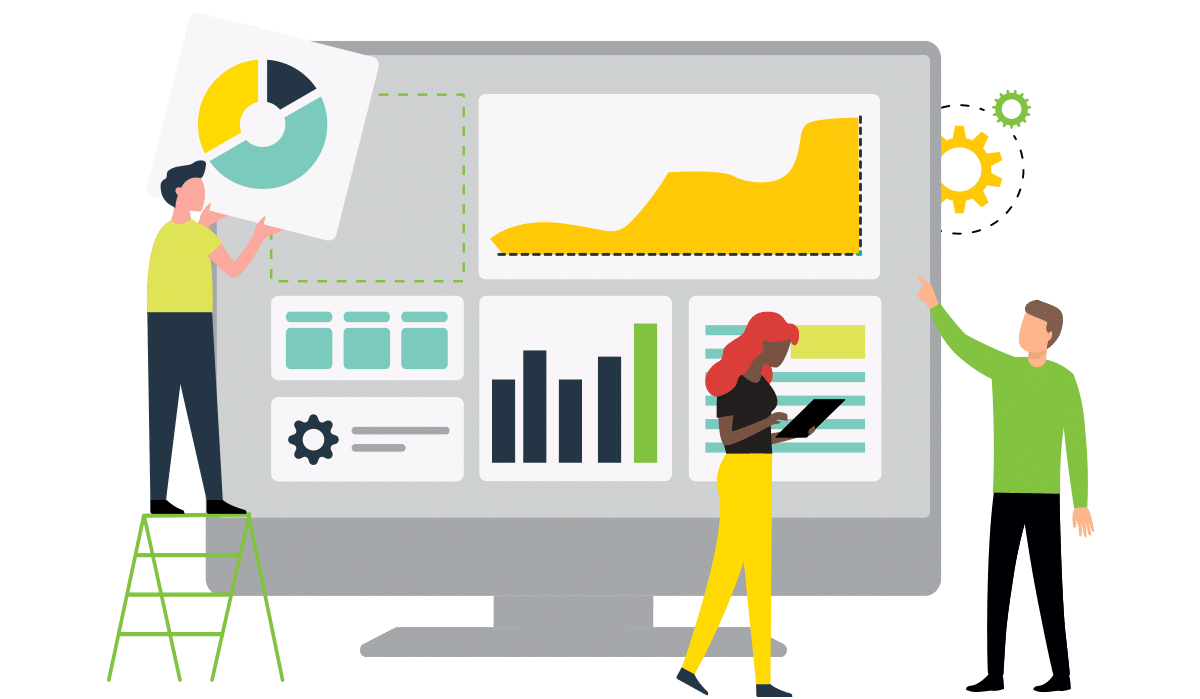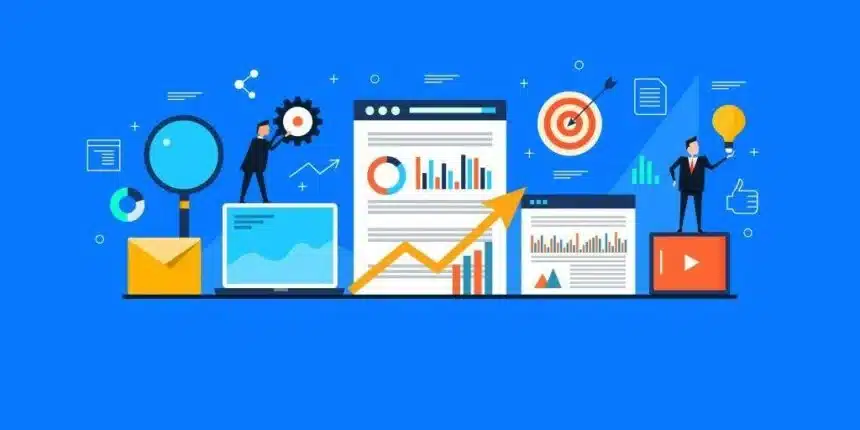It’s estimated that by the year 2020 revenues around the world for big data and business analytics are going to exceed $203 billion. With all this earning potential, it makes sense to want to get your business “in on it.”
One of the best ways to do this is with data monetization. After all, data is the new currency.
In the past, businesses in the information technology sector have always been deriving value from data. However, the ability to effectively use and monetize data is now impacting virtually all types of business.
This means that driving value from data is something you can implement in your own business strategy. What many people may not realize is that this process can be extremely challenging.
As a result, you need to learn some helpful tools and actionable steps you can take to monetize data for your business.
If you are interested in learning more, then keep reading.
1. Decision Architecture
When thinking about analytics, the majority of organizations want to know how their business is performing, along with what information is needed to answer various performance questions. While this can help to inform and to describe what is taking place in the organization, it doesn’t enable any type of action.
Instead, the goal needs to be to capture the decision architecture of specific business problems. Once this is done, you can build analytics capabilities to create a diagnosis that enables decisions and actions. Leaders need to focus on making decisions that are based on data, rather than just answering questions about what already happened.
2. Stop Revenue Leaks
Busy healthcare providers, clinics, and hospitals can easily lose track of the services being rendered. Every procedure has an assigned code and description. Each of these often includes errors.
By using analytics, the organizations can identify patterns associated with procedures and codes, flagging patient invoices for possible errors or even missing charges. Intelligent data use can also help the organizations improve the ROI of their collections process.
3. Data Aggregation
The method that is at the very bottom of the pyramid, but that represents the biggest opportunity to earn, is data aggregation.
This means taking data from various sources, including your business, and merging it together to create a larger, integrated picture. While the data sources on their own may be interesting, when they are combined, they become valuable.
An example of this would be your credit report. The information credit bureaus aggregate, such as the credit cards you have, if you have a mortgage, and if you pay your bills on time, can be sold for a profit.
By aggregating this information into a single report, the information can be sold to interested parties. While there isn’t a lot of money in this, it’s still money.
4. Infer Customer Satisfaction
Many organizations use social media and survey sentiment to understand the levels of customer satisfaction. By combining data from several sources, airlines can now infer how satisfied a customer is based on factors, like where they are sitting.
This process requires information to be aggregated from several sources. However, in the airline example, you can use the information to determine if a customer is going to fly with you again, and if not, offer a free upgrade or other incentives.
5. Embrace a New Revenue Model
Today, data is actively changing relationships companies have with customers. Manufacturers of tangible goods are now supplementing the products they sell with flexible software options and services to offer customers new choices and new revenue streams.
Additionally, these companies are providing much higher levels of personalization. Across several industries, new economic models are starting to be explored – like replacing an auto fleet with self-driving cars.
In this example, rather than selling data, people are going to pay you to solve a problem or to provide answers. This is a unique revenue model.
The value lies in the fact that you have married your data to the mission of a business and solving a problem that businesses have. This is what is going to generate revenue.
6. Detect Piracy and Fraud
Most online retailers sell products on several different websites. Supplemental sales channels typically include eBay, Amazon.com and other online marketplaces maintained by larger retailers, like Best Buy and Walmart.
Selling through these channels is extremely data-intensive, since the customer types, products, and pricing can vary greatly across the channels. In some case, the price discrepancies are so large that they signal possible piracy or fraud.
If you sell across dozens of e-commerce websites, then consider building databases of your own products and your unique pricing. You can then compare this to existing expected pricing data, allowing you to detect stolen goods or suppliers who are mispricing their goods.
With this information, it’s possible to go to the marketplace and make a report stating that they believe someone is selling stolen items.
How Can You Use Data Monetization Methods for Your Business?
Data monetization is an ever-evolving concept that offers opportunities to earn profits by providing information to others. Your business can take advantage of this by utilizing the tips and information here.
The fact is, there are already countless businesses, in all industries, that are currently using data monetization. Now is the time to begin doing so, too, as it offers huge revenue stream potential.
If you are convinced that data monetization is something you want to use for your company, then contact us. We can provide you with help and information about how this process works.












